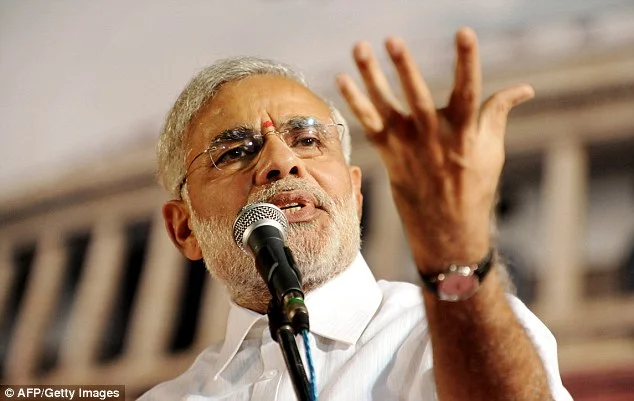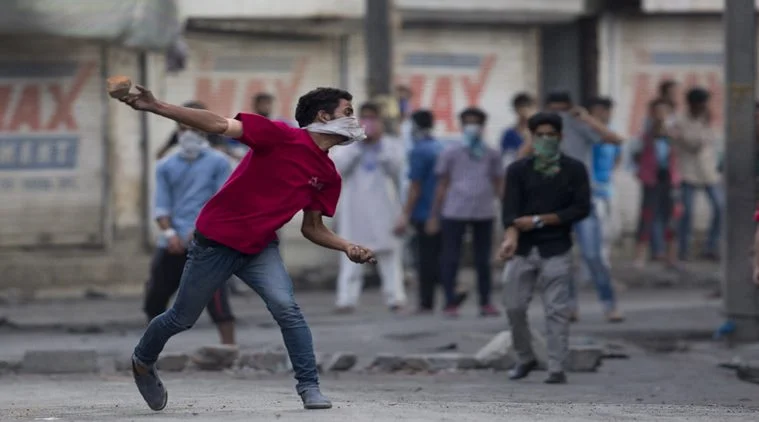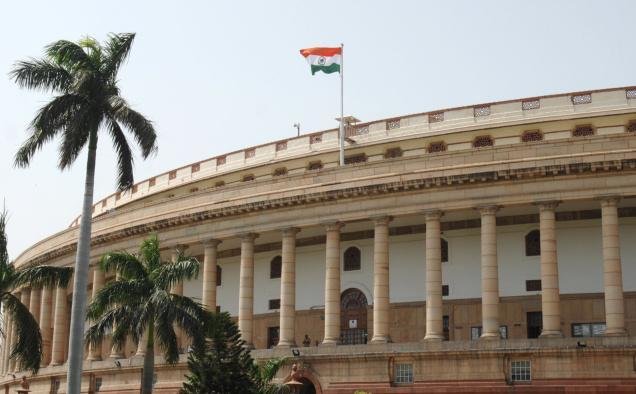In the India of today, politicians and government officials are largely inaccessible to the general public. They are more like dictators. They meet us once in 5 years and then disappear. Yes, sometimes we do see our leaders in the news when they make stupendous statements which show their total disconnect from the general Indian public. Ordinary people have had no way to challenge them or even question them routinely, till now!
However, nowadays I can see a general change in this trend. And this has all changed due to the rising middle class and the increasing adoption of social media. Today, individuals have access to an unprecedented form of direct and interactive contact with people in positions of authority and this has created a strong sense, though derided by some as mostly illusory and superficial, of political empowerment. People criticise and question ministers, and often get answers or rebuttals from them. Citizens find like-minded others on social media forums, join communities of interest. Social media has given birth to a new form of politics in India that increasingly jostles for space and attention with our traditional ways.
Election fever has completely gripped the Indian media. India’s large population and increasing teledensity, especially in urban pockets, has spurred an impressive jump in the number of people online. Moreover, a recent report released by the Internet and Mobile Association of India and IRIS Knowledge Foundation has revealed that of India’s 543 constituencies, 160 can be termed as ‘high impact’ constituencies — that is, they will most likely be influenced by social media in the next general elections, and most of these seats are in Maharashtra and the third most are in Uttar Pradesh. As the report explains, high impact constituencies are those where the numbers of Facebook users are more than the margin of victory of the winner in the last Lok Sabha election, or where Facebook users account for over 10% of the voting population. The study then goes onto declare 67 constituencies as medium-impact, 60 as low-impact and 256 as no-impact constituencies. So basically, the majority of the seats will be impacted by Social Media!


The Bharatiya Janata Party (BJP) has been the first national political party to have embraced technology to reach out to voters, with a Twitter account, Facebook page, YouTube channel, mobile app, a verification drive and live streaming over the internet. Narendra Modi –- who could become India’s next prime minister -– has over 2,000,000 followers on twitter and many more on Facebook. Modi has also been quick to embrace digital technology including a 3D projection of an address in 53 places in Gujarat at the same time. India’s other big national political party, the Congress Party is catching up. Media and IT cells have been set up with an eye towards elections, and one of their star politicians on social media,Shashi Tharoor, has over 1,700,000 followers. However, Congress still lags far behind because the party’s main upcoming face – Rahul Gandhi has yet to embrace the social platform. Even Manmohan Singh and Sonia Gandhi have failed to impress on the social platform.

Adoption of Social Media by Indian Politicians
There is some merit to this strategy, although in a nascent stage. Right now, there is a small but very active Twitter base in India that is highly political and there are constant fights between the right-wingers and the rest, which can be read as BJP-Congress fights. Major political episodes in the country become trending topics and both sides are able to make TV news headlines quite regularly. A “#Pappu” and a “#Feku” sells much more today than most 0ther genuine news articles. However, at this point it would be safe to assume that most middle class Indians experience political activity on Twitter through news reports on TV than actually by engaging with the medium themselves.
As the middle class expands, more Indians are expected to get online. Young people are digital natives, and those who can afford smartphones are addicted to them. The general feeling is that politics needs to adapt to the habits and lifestyle of this demographic, and perhaps in that enthusiasm its real role gets overplayed in the media. And nobody can underestimate the power of the youth this time around as they make up nearly 40% of India’s total population.
A recent election in the ‘modern’ city of Bangalore saw all politicians engage heavily with social media. And, India’s huge anti-corruption movement led by activist Anna Hazare and his colleague Arvind Kejriwal in April 2012 was almost entirely fuelled by media support and a very engaged online strategy. The movement led to an anti-corruption bill, though not what was exactly wanted, being tabled in Parliament.
And in the end, that might well be the final analysis of social media in India right now. The numbers, while impressive, do not yet indicate deep engagement and involvement in the political sphere. In 2014, politicians might do well to remember a computer screen is no match for campaigning in the heat and dust of the smallest corners of the country. Because, truly, that’s where their people are. It might be another 10-20 years before Social Media plays a hugely important role in the Indian political sphere and the results of the elections may as well depend on Social Media. This might just help increase the accountability of the Indian politicians, and that, my friends, is what we desperately need.
[polldaddy poll=7465215]








Leave A Comment